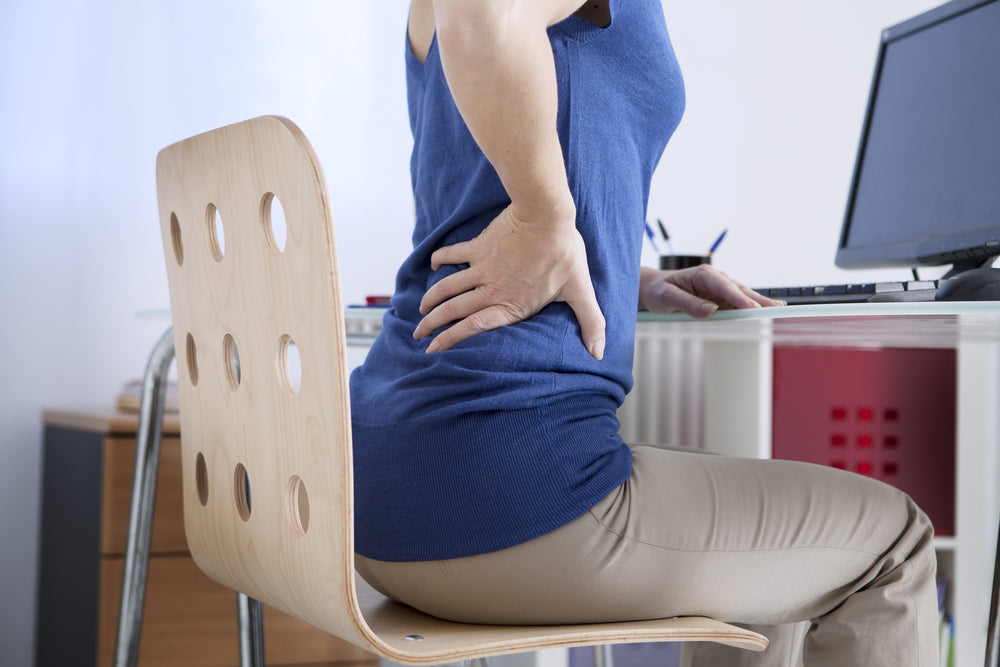Can Dance Hoops Affect Back Pain?

Avid hoopers who suffer from back injuries often wonder if the motions involved in hooping can add insult to injury and further damage or even reinjure susceptible problem areas. Activities using the hoop—and especially more intense hooping—cause the body to rotate the hips and the hips are connected to the spine. By rotating the hips and twisting the spine, individuals with a sore back or a back injury can exacerbate the issue.
In an article for the The Arizona Republic, J. Lucy Body, RN and CRN, stated that “hula hooping isn't appropriate for many individuals with pre-existing back problems, such as a herniated disc, low back pain or spinal fractures.” Individuals with back injury should step away from the hoop until they receive the ‘all clear’ from their own doctors.
However, back soreness and/or stiffness might be different from an actual back injury, and the difference between injury and a simple ache makes a world of difference when using the hoop.
For tight muscles in the back (not a back injury), the motion of hooping might help alleviate muscle tension caused from everyday strains like sleeping incorrectly or sitting for too long. According to an article on 3FC (or Three Fat Chicks on a Diet!), hooping actually helps improve spinal mobility as it “releases the tension of the muscles surrounding the sacrum (the lower part of the back) and realigns the sacrum with the rest of the spine. As a result, blood flow to the spine improves and total flexibility of the spine is increased.”

A woman dances with her hoop in a studio.
So, can dance hoops cure back pain? It depends on the cause. Dedicated hoopers with back pain who absolutely cannot step away from their hoop addiction should follow a few helpful tips before hooping with back pain:
Evaluate the pain.
The spine is long, and it is important to figure out where the pain originates. Chronic back pain should be evaluated by a doctor before hooping. Back pain that is likely associated with sleeping positions might benefit from stretching or movement. However, never hoop if the pain increases or the body tightens. Always listen to the body and if pain does increase, call the doctor!

Ease into a hooping routine.
If the doctor has given the go-ahead for the hoop, take it slow. Hoop for short spurts and don’t aggressively work the body. Build up to a full-on hooping routine over a period of days or weeks. Also, if a back injury has led to physical therapy, inquire with the therapist if the hoop can be incorporated into therapy.
Know that it’s ok to be timid.
Returning to any exercise routine after an injury can be frightening. However, if a doctor has signed off on activity, understand that timidity is normal. The easiest way to conquer the fear is to just do it. Don’t let the fear hold you back, but be kind to your body.
Back pain or any pain associated with an injury causes hesitation in physical activities. Individuals who love hooping naturally feel fear when re-entering their favorite pastime after an injury or when having tenderness or pain. However, if a doctor has approved the return to exercise and hooping, then hooping may continue without concern. Listen to the body and always stop if movements cause pain. Otherwise, have fun and stay in the hoop!
Leave a comment
Comments will be approved before showing up.





